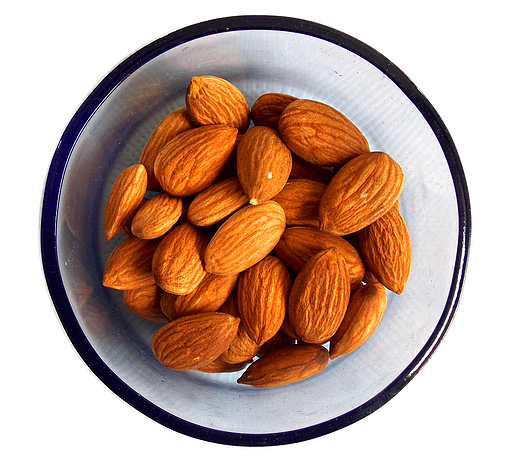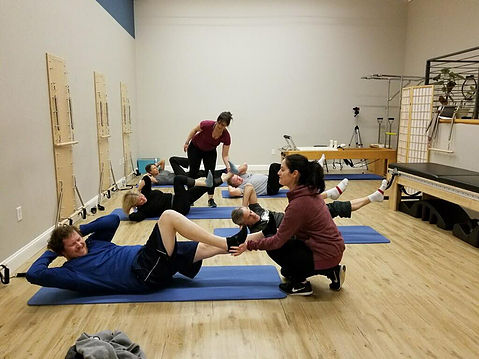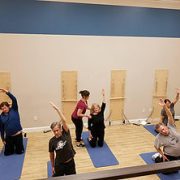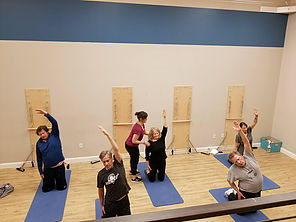Five Foods that are Great for Your Joints
One of the most important factors in living an active lifestyle is the health and endurance of your joints. If you’re in pain, you’re much less likely to exercise, and joint pain will likely keep you much more sedentary than is healthy. But did you know that there are several foods that can make a huge difference for your joints? The following are some examples of nutritious foods that can help get you moving pain-free.
1. Nuts
You can’t go wrong with a healthy assortment of nuts. Being so high in protein, they’ll give you long-lasting energy, but they’re also great for repairing damage due to inflammation in your joints. They’re also full of healthy fats- something your body needsto repair itself!

2. Red Apples
Apples are red because of a type of compound called anthocyanins, which also happen to be strong anti-inflammatories! They’re also full of antioxidants that have been linked to arthritis prevention, cancer cell inhibition, and decreased cholesterol. Apples can be an easy to-go snack, or you can mix them into oatmeal, make a fruit salad, or even add thin apple slices to your favorite sandwich for a refreshing crunch and flavor.
3. Salmon
Salmon and other oily fish have an abundance of omega-3 fatty acids, which are an integral component of joint health. They help keep your cartilage strong and your whole body flexible! Omega – 3 is something your body needs to function, but can’t make on its own – so it’s crucial that you give your body these fatty acids through your food!

4. Carrots and Other Orange Veggies
Vitamin A is key when it comes to fighting inflammation – and carrots have tons of Vitamin A! So do other orange vegetables like sweet potatoes and butternut squash. Vitamin A also helps keep your immune system, skin, and vision at their best. Carrots are an easy and tasty snack when eaten raw, either solo or combined with ranch dip and other veggies. You can also bake these orange veggies together for a delicious dinner side dish!
5. Berries
First of all, berries are delicious. They can be eaten so many ways, and are an especially sweet pick me up in the morning! The health benefits are awesome – berries contain anthocyanins, which are antioxidant compounds that fight inflammation. Berries are known as a food that both combats arthritis and leaves you feeling full, without overeating! Plus, they’re sweet enough to serve as a dessert, and definitely healthier than most other dessert options. What’s not to love?

If you struggle with occasional or chronic joint pain, and want to combine these awesome foods with a concrete plan that will get you moving at your best, get in touch. At CJ Physical Therapy and Wellness, we’re all about helping people make the best decisions for their health and living life to the fullest – without pain pills, procedures, or expensive surgeries!















